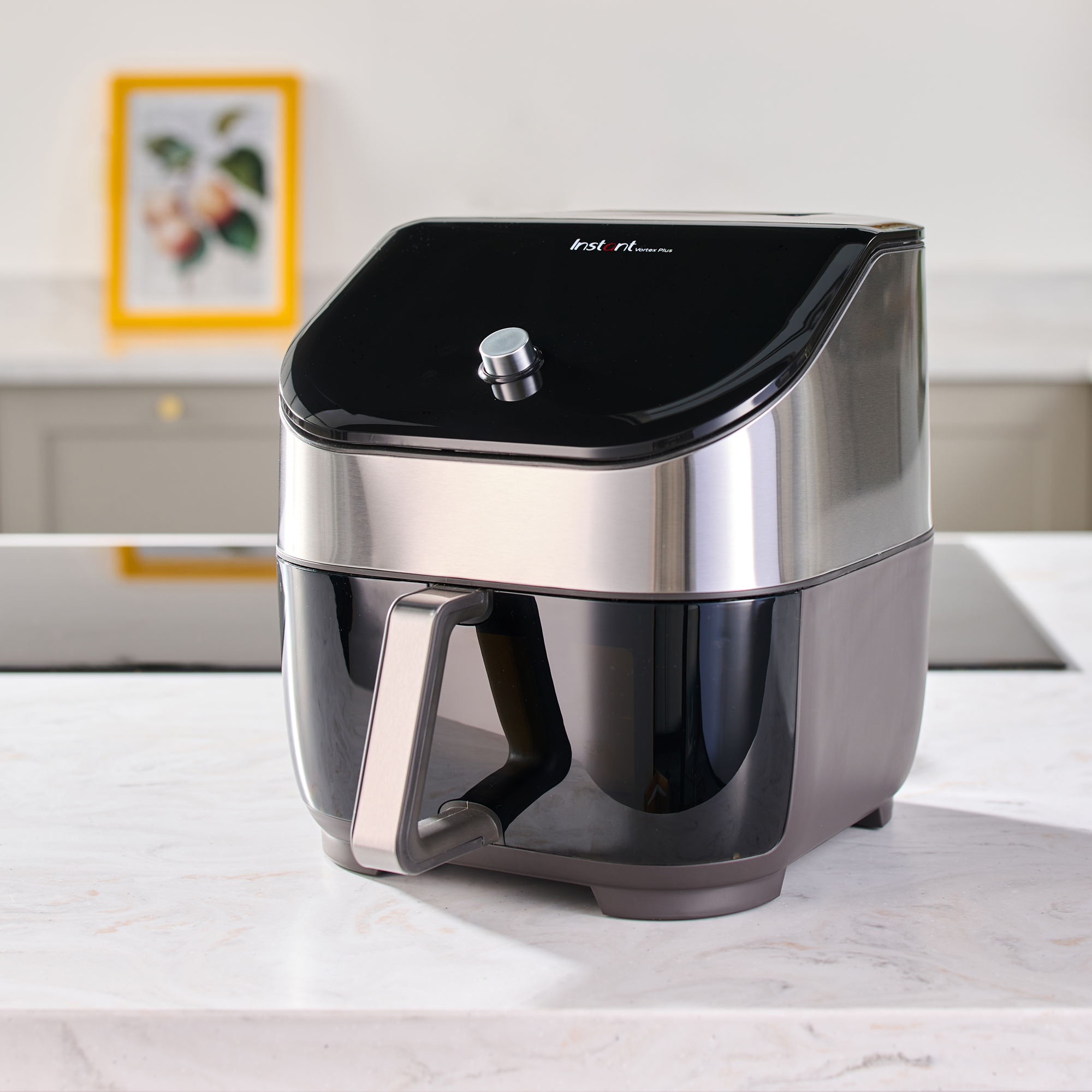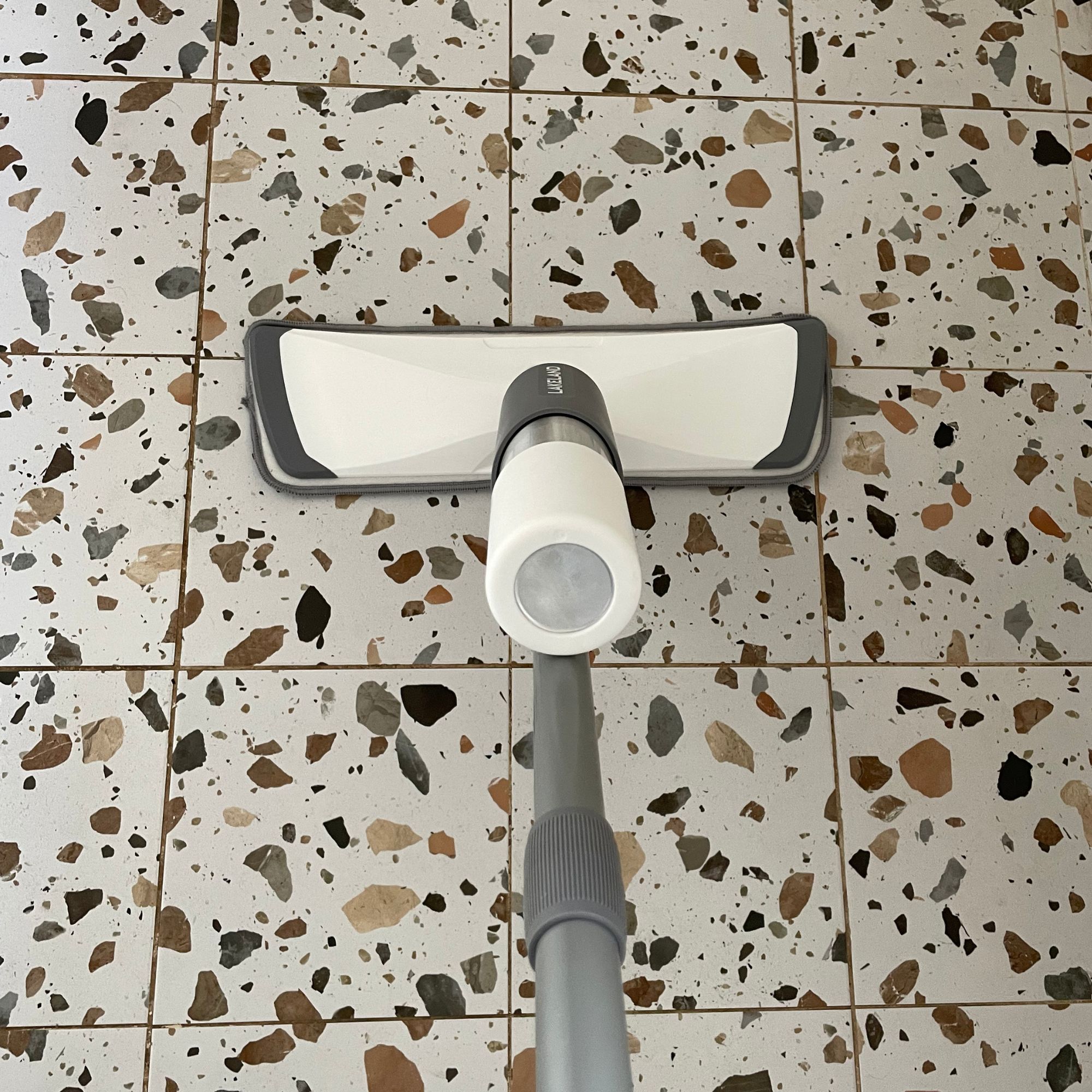How to remove oil stains from a fabric sofa – experts reveal their tried and tested secret
The expert-approved guide to successfully getting rid of oil stains from a sofa


Is anybody else banned from eating on their sofa because of their regular spillages? Or is it just me? Either way, staining the sofa and then subsequently trying to remove said stain is a common issue. And if you’ve ever had the displeasure of dealing with an oil-based stain, you’ll know it’s one of the worst to get rid of – but luckily there are ways to remove oil stains from a fabric sofa.
We know how painful it can be to find your best sofa stained, and oil stains are all the scarier. This is why we asked sofa and cleaning experts to share their secrets on how to successfully get rid of them every time.
The good news? You most likely already own the majority of the essentials necessary for this task. So here’s what you need to do.

How to remove oil stains from a fabric sofa
Removing stains from a sofa, especially oil-based ones, is a bit different from how you’d clean a sofa on a regular basis. Acting quickly is one of the most crucial steps.
‘The sooner you address the oil stain, the better the chances are of successful removal,’ says Luis Toja, Fantastic Services' upholstery cleaning expert. ‘Ideally, that should be as soon as the stain happens.’
And this is what you need to get yourself equipped with.
What you’ll need
- Paper towel or a clean cloth like these ones from Amazon
- Baking soda like this Arm & Hammer one from Amazon or a stain-removing soap stick like this one from Amazon
- Vacuum cleaner with an upholstery attachment
- Washing up liquid like this Ecover Camomile & Clementine one at Amazon
- Cornstarch or baby powder
- Oil stain remover like this one from Tableau at Amazon

Step-by-step guide
‘For most upholstery, combining sodium bicarbonate and dishwashing liquid works well to tackle fresh and old oil stains,’ says James Sheldon, manager at Online Sofa Shop. ‘Dishwashing liquid is uniquely formulated to break up grease and food particles with its suds, while sodium bicarbonate - also known as baking soda - is an alkali that can interact with the acidic elements in stains to effectively remove them.’
But if you can, the process of stain removal should always start with checking the sofa’s care label to avoid causing any damage to your sofa or best sofa bed.
1. Start by blotting the stain
Begin the process by removing any oil that’s just sitting on top of the fabric. But do this by blotting rather than a rubbing motion.
‘Blot it gently with a clean cloth or paper towel to absorb as much of the oil as possible but avoid rubbing because it can spread it further,’ Luis warns.

2. Sprinkle baking soda
The next step of this way to clean upholstery and rid it of any oil stains by sprinkling some baking soda on the affected area and leaving it to absorb the grease before vacuuming it away.
‘Sprinkle a generous amount of sodium bicarbonate over the oil stain and let it sit for 10 to 15 minutes to penetrate the upholstery and absorb the grease. Then vacuum the sodium bicarbonate using a clean upholstery attachment and on a low-suction setting,’ James says.
Alternatively, you can use a stain-removing soap stick as per Luis’s recommendation, ‘Pre-treat the stain by applying a small amount of a pre-treatment solvent-based stain remover directly to it. Gently rub the product into the fabric with your fingers or a soft brush. Allow it to penetrate the stain for a few minutes. Some of the best pretreatment stain removers are in the form of soap sticks.’

3. Apply washing up liquid
Instead of applying straight-up washing up liquid, it’s best to mix it with some water first.
‘When you’re dealing with oil stains, keep in mind that treating the stain with hot water is generally best for oil-based stains because most greases and oils are semi-solid or solid at room temperature. However, hot water can cause certain fabrics to shrink or fade, so it's important to check the care label before using it,’ Luis warns.
‘Mix one teaspoon of dishwashing liquid with a bowl of warm water. Absorb some of the mixture using a clean cloth or a soft brush and apply the solution to the stain, working from the outside in. The mixture will cut through grease and lift the oil from the fabric,’ James says.
Then after washing off or blotting away the soapy residue with a damp cloth, you could double down by applying extra store-bought stain remover. And once that's washed off, leave to air dry.

FAQs
Does removing oil stains from a sofa depend on its fabric?
As you may have guessed, how you should clean a linen sofa versus say a velvet one demands different approaches. And the same goes for stain removal.
‘The care of your sofa will depend on its fabric type,’ says Patricia Gibbons, head of buying at Sofa.com. ‘For instance cotton-velvet materials don’t agree with water, so to maintain the fabric at its best, we would recommend using a dry clean cloth or a velvet brush to avoid marking. If your material is leather, wiping down any dust, crumbs or oils with a damp cloth works well.’
Luis Toja, Fantastic Services' upholstery cleaning expert, adds, ‘Generally, oil stains are more difficult to remove from synthetic materials rather than natural ones, such as cotton. Because of that, solvent-based stain removers will be a safer option than trying any DIY solutions, especially if your sofa doesn’t have a care label and you aren’t able to verify the best cleaning methods.’

Can dried oil stains be removed?
Treating an oil stain as soon as it occurs is your key to success. But that doesn’t mean old, dried oil stains are impossible to remove from your fabric sofa. You might just have to work harder at it.
‘Oil stains that have had longer to set are more challenging to remove,’ says James Sheldon, manager at Online Sofa Shop. ‘Before applying sodium bicarbonate, you must first pre-treat the sofa with a fabric-safe degreaser. You can also use a vinegar solution. Use a spray bottle and combine 1/4 cup white vinegar with 1/2 tablespoon of natural liquid soap and 3/4 cup warm water. Shake the bottle before lightly misting the stain and leave it to dry for 10 minutes.’
Hopefully, this will put your mind at ease and bestow a can-do attitude upon you next time there’s an oil stain on your sofa. You can do this!
Get the Ideal Home Newsletter
Sign up to our newsletter for style and decor inspiration, house makeovers, project advice and more.

Sara Hesikova has been a Content Editor at Ideal Home since June 2024, starting at the title as a News Writer in July 2023. She is now also the Ideal Home Certified Expert in Training on Furniture, and so far has tested 80 different sofas.
Graduating from London College of Fashion with a bachelor’s degree in fashion journalism in 2016, she got her start in niche fashion and lifestyle magazines like Glass and Alvar as a writer and editor before making the leap into interiors, working with the likes of 91 Magazine and copywriting for luxury bed linen brand Yves Delorme among others.
-
 Should an air fryer be on display in a kitchen or hidden away? This is why I always keep my small appliances on the worktop
Should an air fryer be on display in a kitchen or hidden away? This is why I always keep my small appliances on the worktopAre you on team display or neatly hidden away? Share your opinion in the comments
By Rebecca Knight
-
 Experts warn that these 5 mopping mistakes are making your floors dirtier — and damaging your floors in the process
Experts warn that these 5 mopping mistakes are making your floors dirtier — and damaging your floors in the processThis is how to keep them clean and avoid costly damage
By Lauren Bradbury
-
 Move over, fences – dead hedges are the wild and wonderful alternative your garden will love and they're easier to build than you'd think
Move over, fences – dead hedges are the wild and wonderful alternative your garden will love and they're easier to build than you'd thinkThe perfect eco-friendly solution for small gardens
By Kayleigh Dray